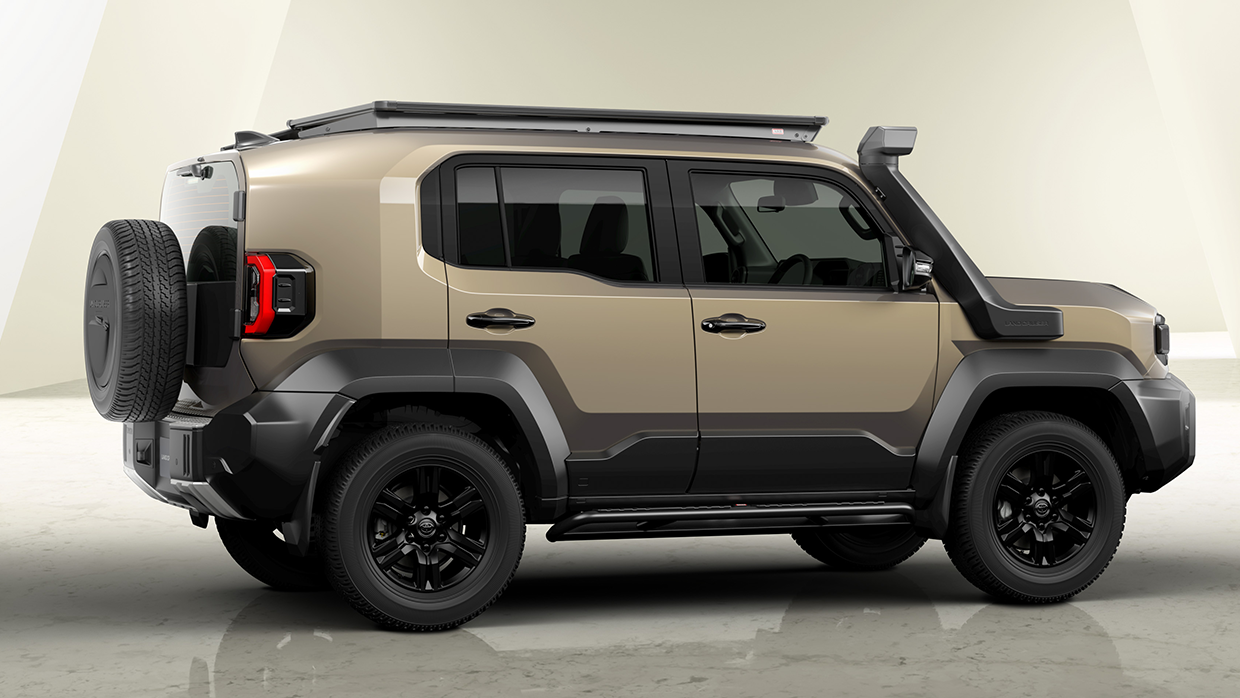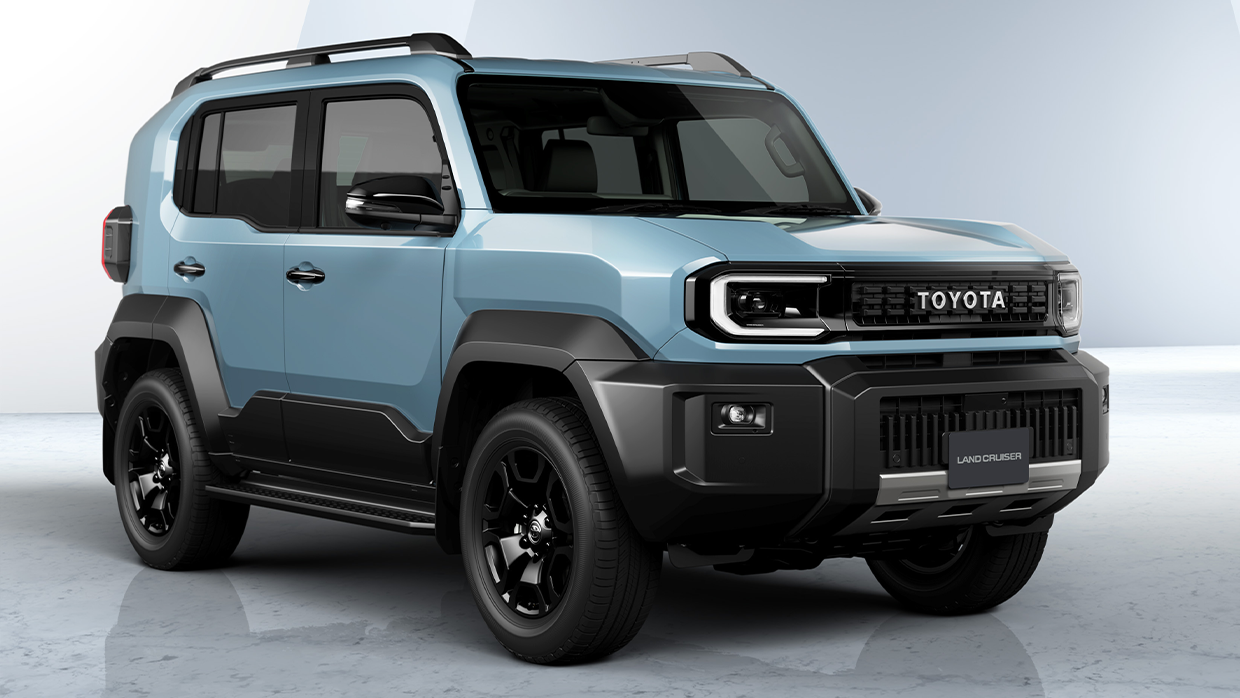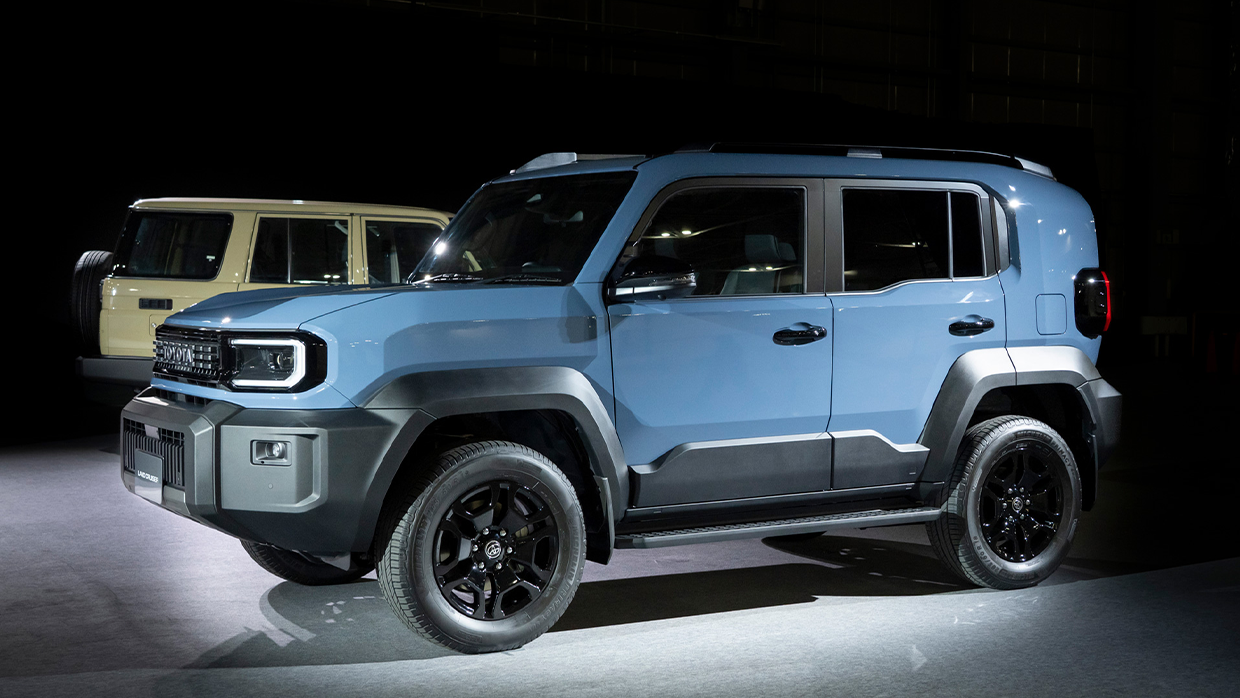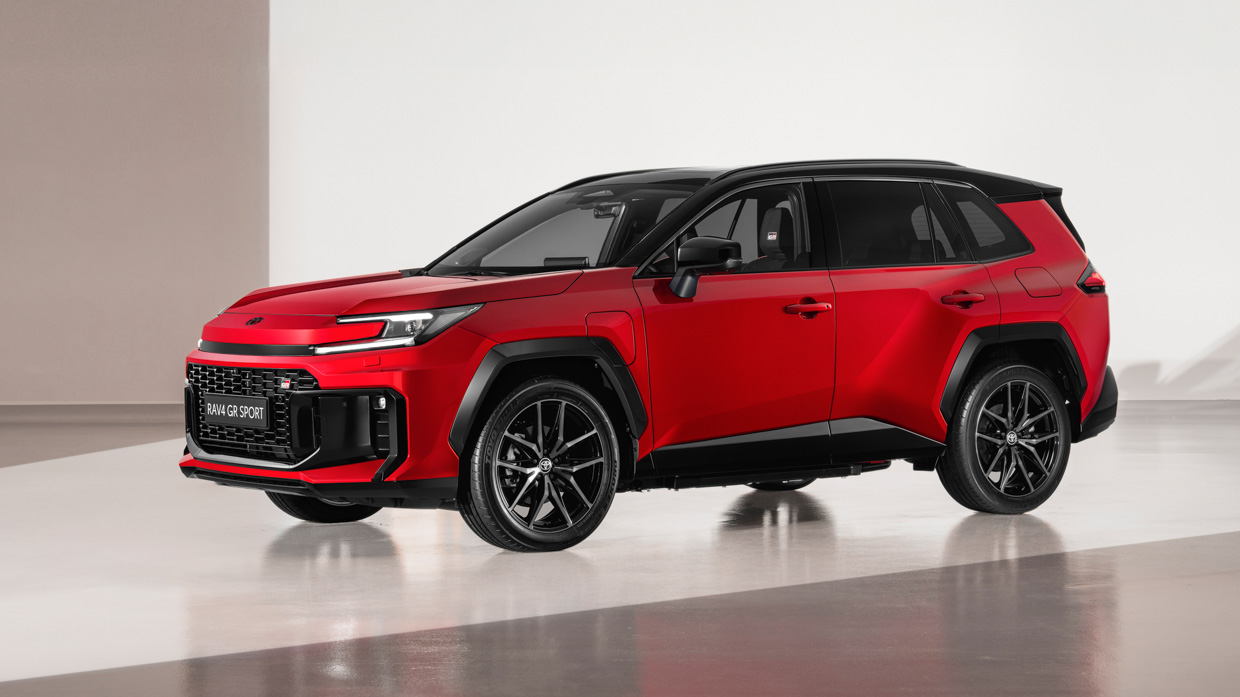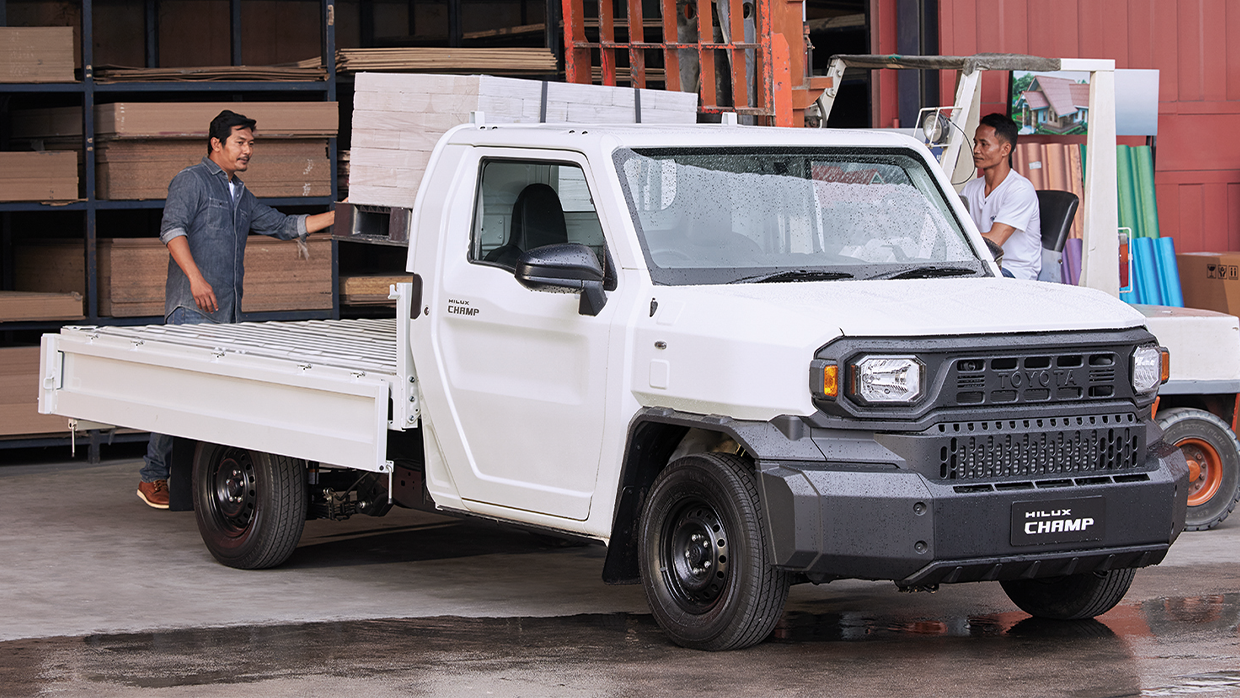-
Car Reviews
- Car News
-
Car Comparisons
Latest comparisons
- Chasing Deals
Baby LandCruiser is firmly on Toyota Australia’s radar, but vexing engine and emissions issues would need to be solved to bring the FJ to our shores
Toyota’s surprise reveal of the RAV4-sized LandCruiser FJ last week led to the obvious questions: whether, and when, Australian buyers should expect to see the rebooted FJ on local roads.
Speaking with Chasing Cars on the sidelines of the 2025 Japan Mobility Show, at which two FJs on display were mobbed by crowds, Toyota Australia vice president of sales and marketing Sean Hanley revealed the answer is complex.
“There is no doubt that on looks and the LandCruiser name in Australia [the FJ] would be very appealing,” said Hanley.
“The hardcore reality we are facing in our country [is] variable regulations, new criteria, new vehicle efficiency standards. We have to look very carefully at our product portfolio, at what we think we’re going to need, what we are going to sell in numbers, and what customers want and need.”
While the FJ is not immediately available to Toyota Australia, with initial focus markets understood to be Japan, Thailand and the southeast Asian region, the FJ has not been ruled out for Australia.
There are significant hurdles in its way, however, as Hanley explained to Chasing Cars.
“We are aware of the vehicle. We have looked at it. We have analysed it [as] best as we can, and we just don’t—right now—believe it is a car that would be suitable for our market.”
Suitability for the Australian market and buyer demand are different things, and behind the scenes, Toyota insiders are aware of local interest in the FJ and would love to bring it down under.
In essence, three boxes would need to be ticked to bring the FJ to Australia. It would:
So, how likely is it that answers will be found to all three problems?
The most significant issue stopping the LandCruiser FJ being imported to Australia is that its 2TR-FE 2.7-litre petrol four-cylinder engine is dated and is unlikely to be updated to meet new emissions requirements coming into force locally in December 2025.
Australia is on the cusp of adopting an emissions standard called Euro 6d, which involves more difficult real-world testing of emissions including CO2 and NOx.
All brand-new models launched into the Australian market from December this year have to meet Euro 6d limits or they will not be approved for sale.
The Euro 6d rules are different to Australia’s New Vehicle Efficiency Standard (NVES), which sees manufacturers receive financial credits or penalties depending on the overall average CO2 profile of all vehicles they sell.
Toyota sales boss Hanley told Chasing Cars that while NVES was not a total bar on the FJ coming to Australia, Euro 6d was.
“It certainly is the Euro 6 emissions standard in Australia [stopping the FJ from coming for now]. That is a fact. That is the law. Toyota is always committed to upholding the laws and ethics of the countries we work in,” Hanley told Chasing Cars.
“If [the FJ] was Euro 6, I’d reconsider it. I am just pointing out the variables. If that was a Euro 6 engine, if it does turn out to be that way, which it could, because I don’t actually know what it is at the moment, then it is something we could re-examine,” said Hanley.
Toyota does have Euro 6d-capable engines at its disposal that would appear to suit the FJ platform, which is related to the Asian-market Toyota HiLux Champ compact ute.
The HiLux Champ is available with Toyota’s 2GD-FTV 2.4-litre turbo diesel four-cylinder engine, which uses a urea SCR aftertreatment system that Toyota has claimed in the past satisfies Euro 6 emissions regulations.
While more radical engine swaps—possibly including a petrol-electric hybrid drivetrain—are conceivable, the easiest answer would be the 2.4-litre diesel.
In July this year Australia adopted NVES laws that will, in a simple sense, see carmakers that sell too many diesel utes and 4WDs and not enough EVs and plug-in hybrids (PHEVs) receive substantial financial penalties, sapping or eliminating profit margins.
While Toyota sells a large proportion of regular hybrids in Australia—and it is working on bringing more EVs and PHEVs to the local market—a hyper-popular LandCruiser FJ would cause Toyota an NVES headache.
The CO2 emissions of the LandCruiser 300 Series, 250 Series Prado and HiLux are already a substantial challenge for Toyota, and the FJ would add to that problem.
An FJ fitted with the 2.4-litre diesel engine would likely consume a similar amount of diesel to the Prado 2.8-litre, which is rated at 7.6L/100km with resulting CO2 emissions of 200g/km.
That is quite a high CO2 number, especially as the FJ would face a soft NVES limit of 117g/km from 2026 as it would probably not qualify for the higher CO2 thresholds for heavy-duty 4WDs that can tow at least 3000kg.
Even for those heavy-duty 4WDs, the NVES soft limit is 180g/km next year—meaning even the Prado will soon be in the red.
Toyota will shortly launch a new-generation RAV4 midsize SUV in Australia that includes multiple PHEV trim grades. If these prove to be very popular, it could create headroom under NVES for Toyota to add the FJ to the local lineup.
NVES is an accounting problem for car manufacturers, and Toyota has to make some difficult choices about which high-CO2 vehicles it wants and needs to keep on sale.
“Customers need the big LandCruiser, right? Customers need that. Customers need the HiLux. We have to be very carefully planned on our product portfolio going forward,” said Hanley.
Still, Hanley affirmed that NVES is not an official bar to the FJ coming to Australia—just another variable that would have to be overcome.
It is not yet confirmed that the LandCruiser FJ—or the HiLux Champ with which it shares some components—would meet various Australian Design Rule requirements in its current form.
While the HiLux Champ is fitted with side intrusion beams, that does not necessarily mean that the platform would meet Australia’s rules on side impact protection, which have become harder to meet in recent years.
Hanley said that Toyota Australia did not yet know whether the FJ would comply with such rules.
While a HiLux Champ was recently spotted on Australian roads, Hanley said Toyota Australia was not responsible for bringing it into the country.
Latest news
About Chasing cars
Chasing Cars reviews are 100% independent.
Because we are powered by Budget Direct Insurance, we don’t receive advertising or sales revenue from car manufacturers.
We’re truly independent – giving you Australia’s best car reviews.
